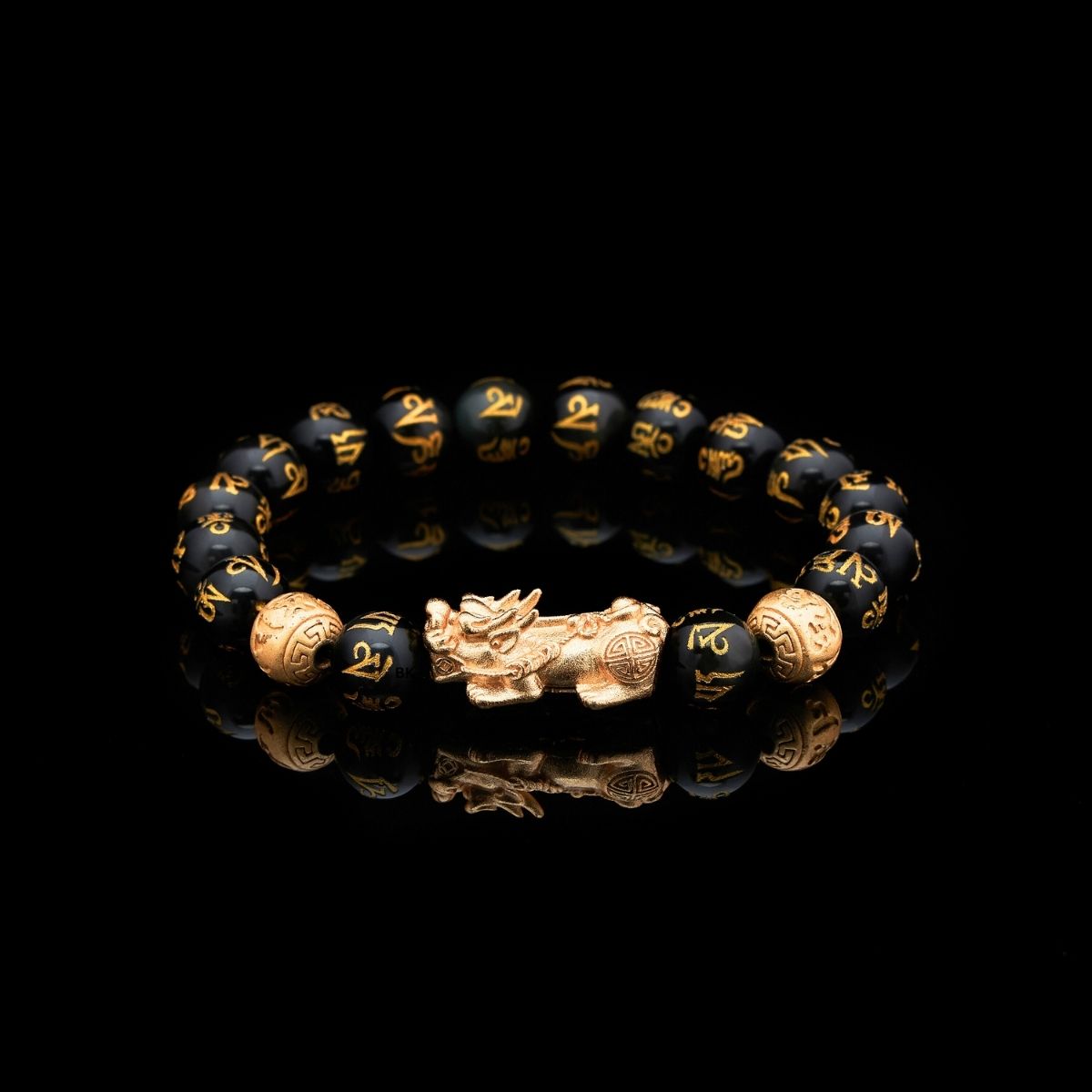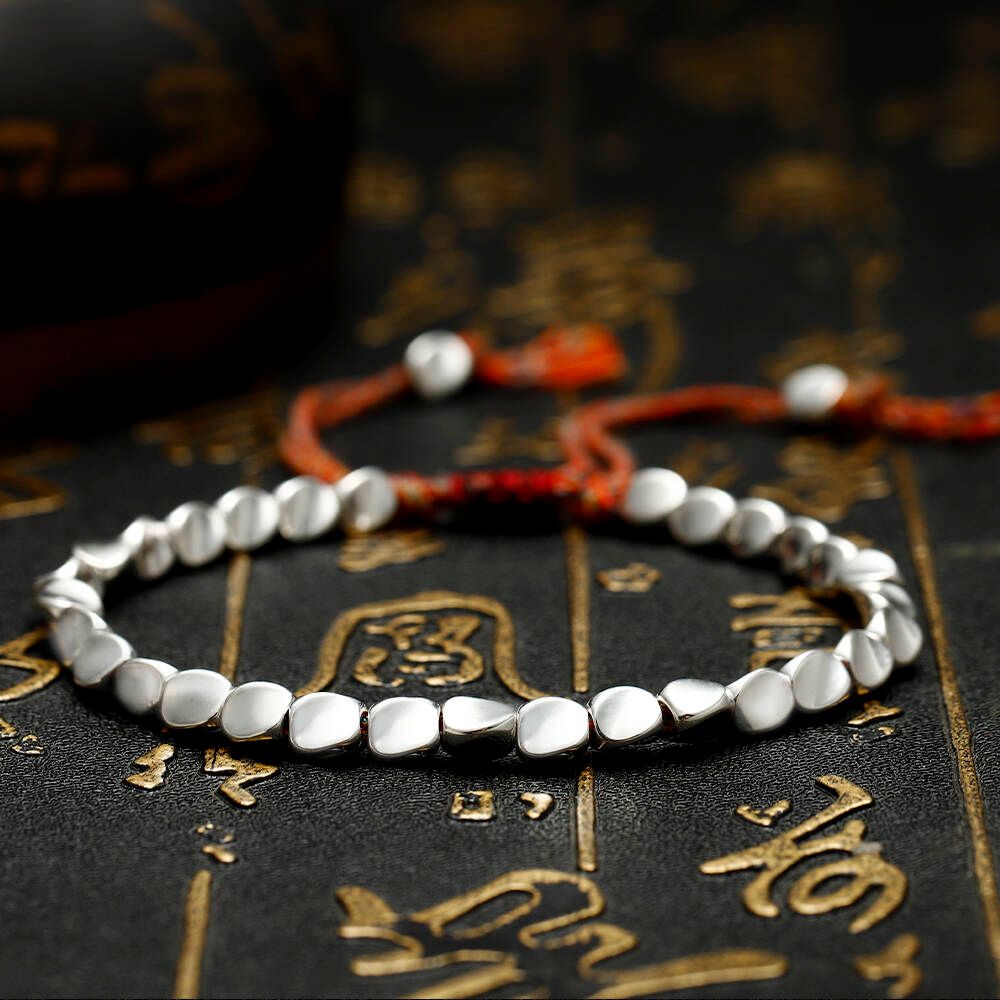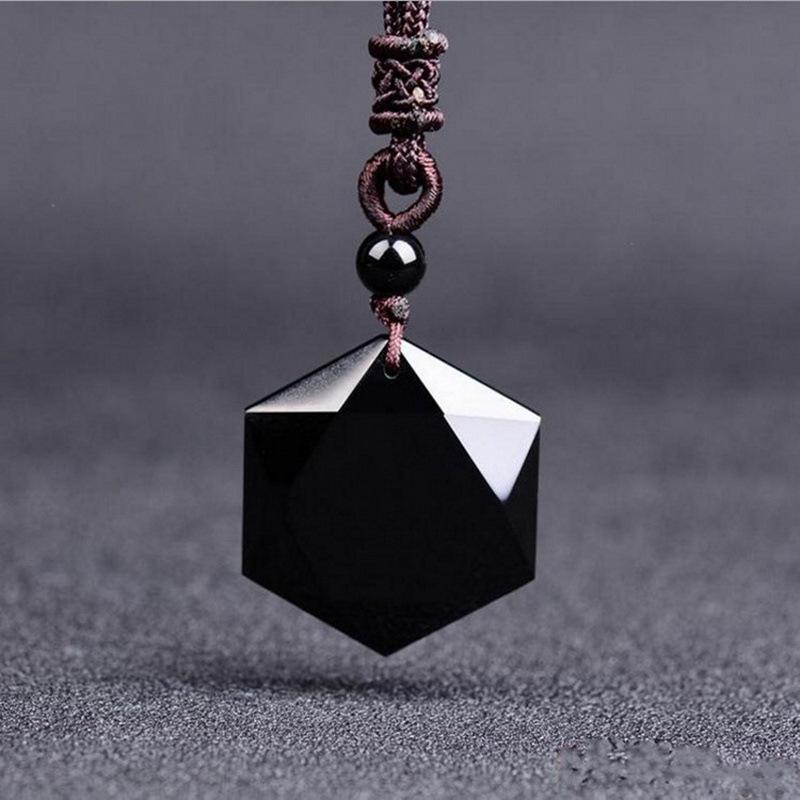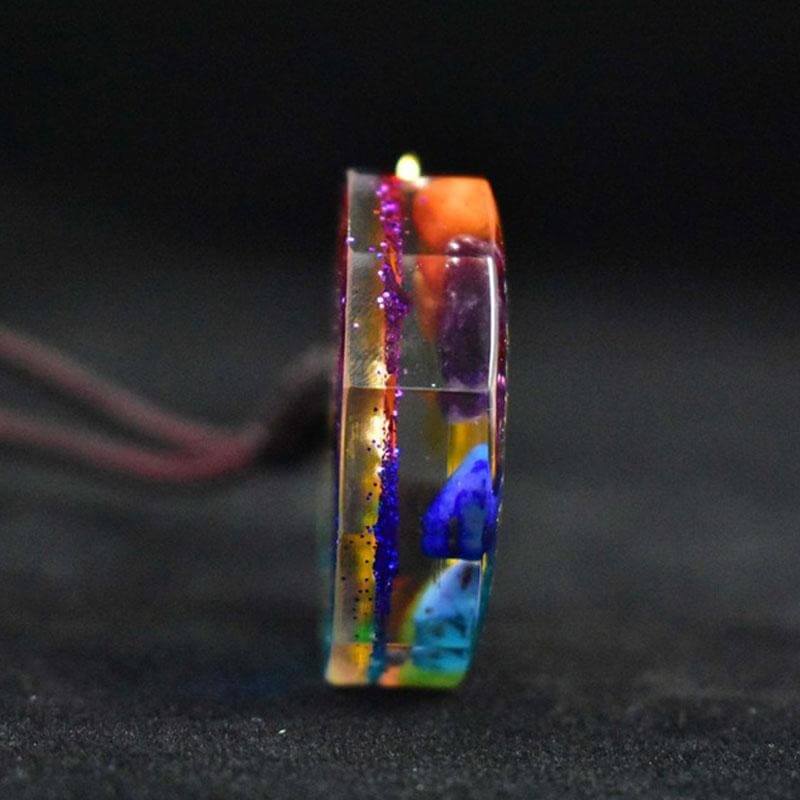Peridot, with its fresh green glow, is more than just a pretty gemstone. It’s known for its healing energy, connection to abundance, and protective qualities. But with so many fake gemstones flooding the market, how can you tell if your peridot is genuine?
This comprehensive guide explores reliable ways to identify real peridot — especially the peridot acid test, a simple yet powerful method used by gemologists and collectors alike. We’ll also walk you through physical tests, visual clues, and spiritual insights to confirm your stone’s authenticity.
Why It's Important to Spot Fake Peridot
Fake peridot can be made from colored glass, synthetic spinel, or low-grade imitations. While they may look similar, they don’t offer the same value — materially or energetically.
If you're buying peridot for spiritual healing, wearing a fake could mean you're missing out on its true vibrational benefits. Whether you’re a crystal collector or someone who values gemstone energy, it’s essential to know if your peridot is real.
Want to learn how to spot fake crystals? Read How to Tell if Hematite Is Real
The Peridot Acid Test: What It Is and How It Works
The peridot acid test is a chemical test that uses hydrochloric acid (or a similar substance) to check the authenticity of the gem. Peridot, being a type of olivine, reacts slightly with acid due to its magnesium and iron content.
How to Perform the Peridot Acid Test Safely
⚠️ Always wear gloves and eye protection when working with acid. This test is recommended for professionals or under supervision.
-
Place a drop of diluted hydrochloric acid on an inconspicuous area of the stone.
-
Observe the reaction.
-
Real peridot: May show mild fizzing or no reaction at all.
-
Fake (glass): Will show no reaction.
-
Carbonate-based imitations: Strong fizzing or bubbling.
Note: This test should be your last resort, especially if your stone is set in jewelry.
Other Ways to Tell If Peridot Is Real
In addition to the peridot acid test, here are other reliable methods to determine authenticity:
1. Color Clarity
-
Real peridot has a distinctive olive-green or yellow-green hue.
-
It may contain natural inclusions called "lily pads."
-
Imitations often appear too clean or overly bright.
2. Hardness Test
-
Peridot scores 6.5–7 on the Mohs scale.
-
It can scratch glass but not quartz.
-
Use a basic scratch test carefully.
3. Refractive Index
-
Real peridot bends light in a unique way, causing a doubling effect on edges when viewed under magnification.
4. Weight and Density
-
Peridot is heavier than glass imitations.
-
If you have two stones of similar size, compare their weights.
Also read: How to Tell If Black Tourmaline Is Real
Energetic Signs: Does Your Peridot Feel Real?
Crystals don’t just work on the physical plane. If you’re attuned to crystal energy, you may be able to feel whether your peridot is genuine:
-
Real peridot feels warm, grounding, and gently energizing.
-
Fake stones may feel flat or energetically “off.”
Try meditating with your stone and see if it resonates with your heart chakra or brings a sense of peace and abundance.
Want to explore crystals for protection? Discover the Black Stone for Protection Guide
What to Do If You Think Your Peridot Is Fake
If your stone doesn’t pass the peridot acid test or fails multiple checks:
-
Ask for a certificate of authenticity from the seller.
-
Bring the stone to a local gemologist or crystal shop.
-
Request a refund if you purchased from a reputable source.
At Buddha & Karma, we ensure all our crystals are ethically sourced and genuine. Visit our Crystal Bracelet Collection for stones you can trust.
Peridot’s Meaning and Benefits
Real peridot isn't just beautiful — it’s energetically powerful.
Emotional & Spiritual Benefits:
-
Clears heart chakra blockages
-
Attracts abundance and opportunity
-
Aids emotional healing
-
Strengthens personal growth and transformation
Physical Properties:
-
Olivine mineral class
-
Found in volcanic and meteoric deposits
-
Bright green, with slight yellow undertones
Learn about other powerful stones: Cinnabar Bracelet Benefits
Common Questions About the Peridot Acid Test and Authenticity
Q: Can I do the peridot acid test at home?
It’s possible, but not recommended unless you have proper training and safety gear.
Q: Does peridot glow under UV light?
No. Real peridot does not fluoresce under UV light.
Q: Is all green olivine considered peridot?
Only gem-quality olivine is labeled peridot. Low-grade material may be too cloudy or brittle.
Q: Where does real peridot come from?
Sources include Pakistan, Myanmar, China, and Arizona (USA).
Final Thoughts:
If you're wondering how to tell if your peridot is real, the peridot acid test is a useful last-resort option — but visual, physical, and energetic checks should come first.
Use the tips in this guide to:
-
Spot obvious fakes
-
Confirm peridot’s unique visual and physical traits
-
Protect your investment and energy practices
And if you're ever unsure, shop with trusted sellers like Buddha & Karma for certified crystal jewelry that aligns with your highest good.














Where would I find real citrine, peridot and getting Feng Shui reading in San Francisco. Thank you.
Where would I find real citrine, peridot and getting Feng Shui reading in San Francisco. Thank you.
Leave a comment